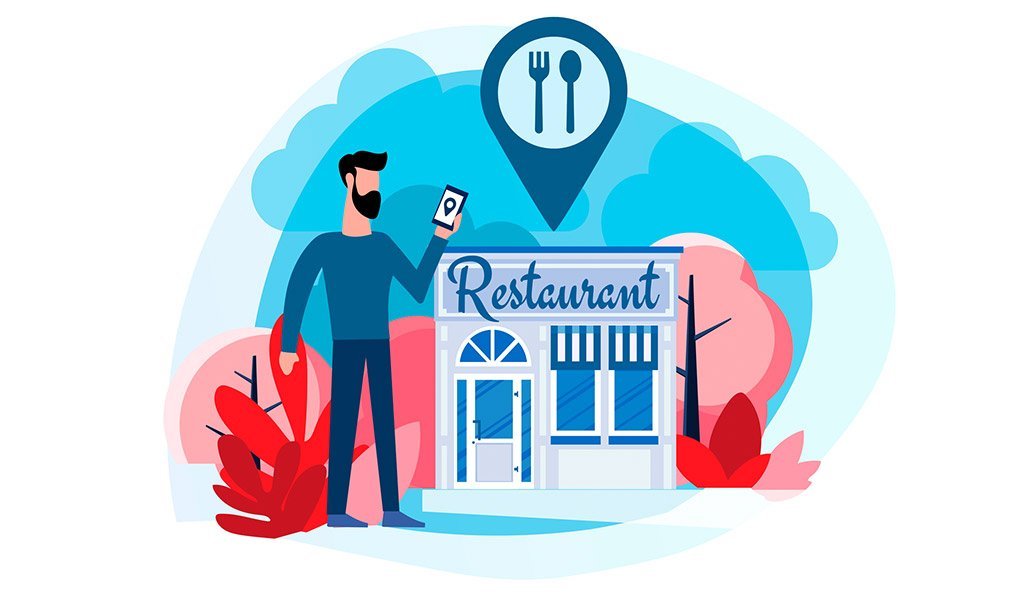How to Increase Restaurant Sales with Email Marketing
Restaurants require more audience involvement.
Email marketing is a terrific approach to contact prospective consumers and emphasize a menu’s best features. It keeps existing consumers interested and wanting more.
Without excellent practices, email marketing may be challenging.
Email marketing may enhance consumers, retention, event opportunities, franchise potential, and more for restaurants.
Consumers demand brand interaction. Email marketing helps them raise brand recognition, create meaningful discussions, and build connections.
The US has almost 1 million restaurants. Franchises and small enterprises in crowded locations face many competition.
When performed correctly, email marketing can earn restaurants $38 for every $1 invested. Here are some tips.
1. Gather a robust list of contacts
First, compile a list of contacts before launching an email marketing campaign.
Promote a restaurant newsletter on your website and social media. Signing up gets customers information, deals, and discounts.
Some businesses use sponsored lists to get started, but this may not be the ideal option for a small-town restaurant.
Start with word-of-mouth marketing to build brand recognition and visibility.
Attend events, promote a newsletter, and initiate social dialogues to increase your restaurant’s reputation.
Once you have a list, you may strategize how to contact them.
This may be a weekly or monthly newsletter. In others, it denotes organic, one-on-one discussion.
Brands may employ automated software to monitor user behavior as they browse a website to initiate a lead nurturing campaign.
Restaurants must first compile a solid list to see results.
2. Roll out targeted emails with local promotions
Targeted, promotional emails are the next stage in a successful restaurant email marketing strategy.
This doesn’t simply mean improving meal quality or reservation ease. Emails with unique offers and promotions might help promote a new or existing restaurant.
Offer bargains and promotions to develop your email reputation.
Restaurant marketing might be tougher than internet brand promotion. Restaurants demand customers to physically act, unlike other sectors. Success requires engaged consumers.
Restaurant email marketing may be challenging. Engaging, colorful, vibrant, and intriguing. They must drive a particular activity that goes against what customers do while idly browsing email on their phone.
These offers may get folks moving. And eateries need it.
Nandos has one. This email shows how the company encourages people to purchase by advertising bargains.
3. Take an omnichannel approach
When businesses embrace an omnichannel strategy, they let their audience determine how to interact with them across devices and media.
60% of millennials want consistent digital brand experiences.
Restaurant companies must use omnichannel marketing to promote themselves. Email and social media are a terrific pairing.
Social media and email are how most customers communicate with companies online.
Almost all communication is digital, and it will continue to be in the future. If they’re not at your restaurant, they’re probably online.
By leveraging email campaigns to generate social media involvement, you provide prospective clients additional options to connect and learn about your brand.
A Storedge example: The company invites social media followers to facilitate future dialogues.
4. Use pixel tracking
Restaurant marketing staff may not understand pixel tracking. It’s a simple technique to learn about your email audience’s behavior.
With these pixels’ analytics and data, you may create tailored, effective marketing campaigns.
When a person opens an email with a transparent pixel, it records their activity.
It can observe where a person clicked on a webpage.
This may reveal user activity. With additional data, you can develop a strategy that gives customers the information they want without having them hunt for it.
Personalization in email marketing is prevalent. It tells consumers that businesses care about their connections.
This data may help restaurants. They can see where clients browse on their website, what menu items they prefer, whether they want reservations, and more.
This allows restaurant teams to alter their approach and succeed.
Wrap up
Email is a great tool for restaurant operators to make an impression.
ROI from email marketing. They boost engagement, attract traffic, and promote open dialogue. If you’ve never used email, getting started isn’t easy.
Restaurant marketing teams of all sizes should follow these email marketing guidelines.
- Build an email list
- Our innovative, audience-targeted emails
- Omnichannel digital marketing
- Track audience behavior via pixel tracking.
These four basic strategies may bring eateries worldwide recognition.






Recent Comments